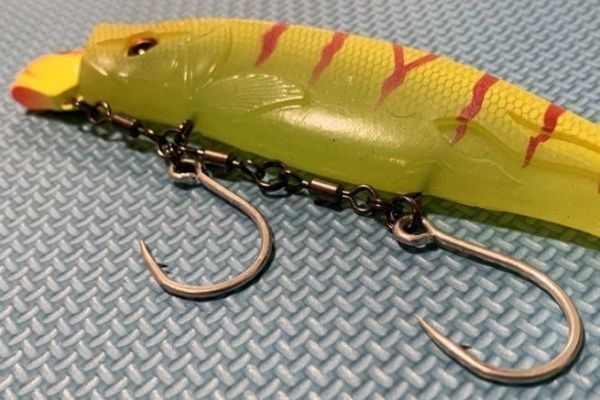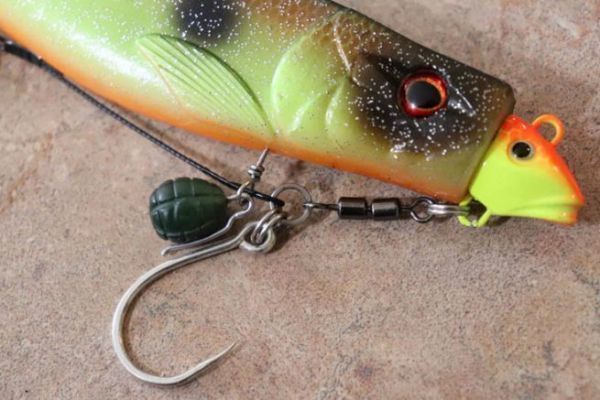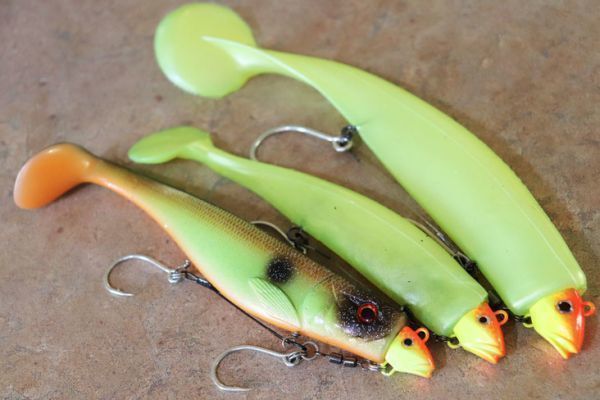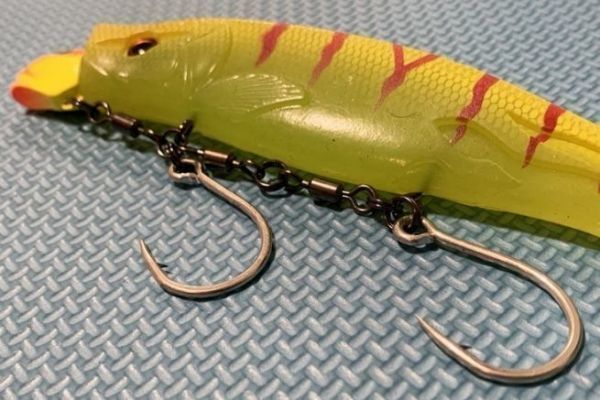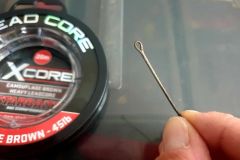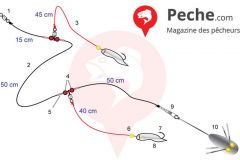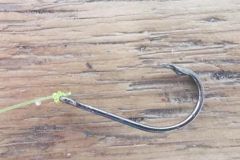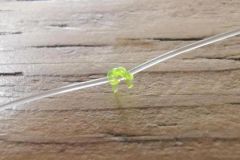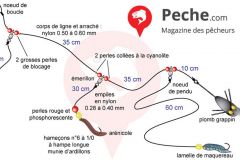The equipment
Before you start, make sure you have the right equipment. The size of your tackle will depend on the size of your lures and the species you're targeting. For pike fishing with lures between 12 and 25 centimetres, this equipment consists of :
- of broken rings in 65/80 lbs
- swivels in sizes 2 to 6, treble hooks in 2/0 to 4/0 or single hooks in 2/0 to 5/0
- of stingers
- of screw head
- broken-ring pliers

Realization
To begin, insert the screw head at the head of the lure. From the head screw onwards, you must start with a broken ring. The rest of the assembly will be attached to it, and if you wish to remove it, it's easy to do so without having to cut anything.

Then, depending on the distance at which you wish to set the hook, simply place one or more broken rings, or link swivel and broken ring, until you arrive at the right spot.
Once you've reached the place where you want to set a hook, you must systematically place a broken ring on it. In this ring, we insert another broken ring, on which we place the hook and stinger, to keep the rig glued to the lure.
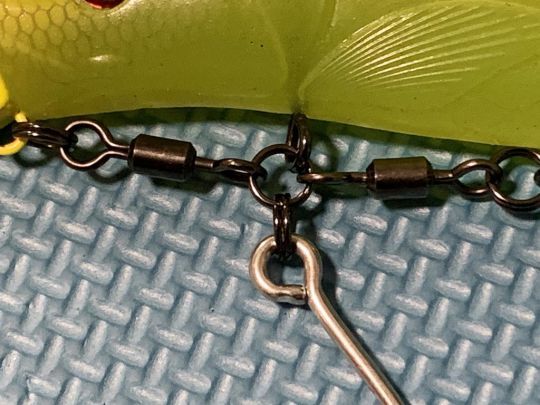
From this point on, simply repeat the operation identically to set the second hook. Just make sure that the hook and stinger are positioned opposite each other.
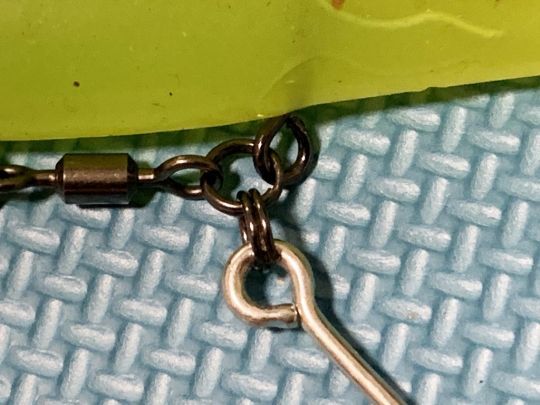
Positioning
Hook positioning will depend on lure length, type and length. Commercial lures, which are generally approved, can be used as an example. The top hook should be set far enough back to avoid tangling on the line, and the second hook at a distance that allows the lure to swim, without the risk of tangling with the tail.
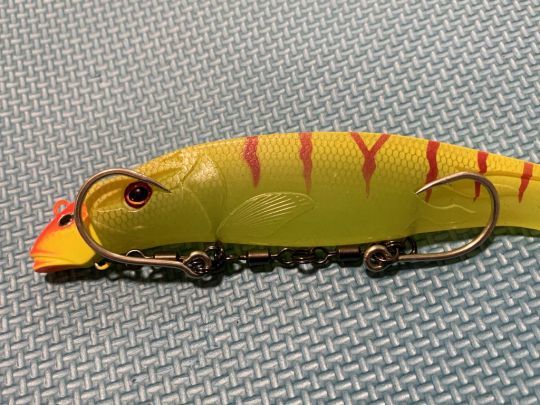
The use of a single central hook is entirely possible, and gives the best optimization in terms of reducing the risk of tangling.
Tip
For long assemblies, double or triple swivels can be used to quickly obtain the desired length and reduce the number of connections.
